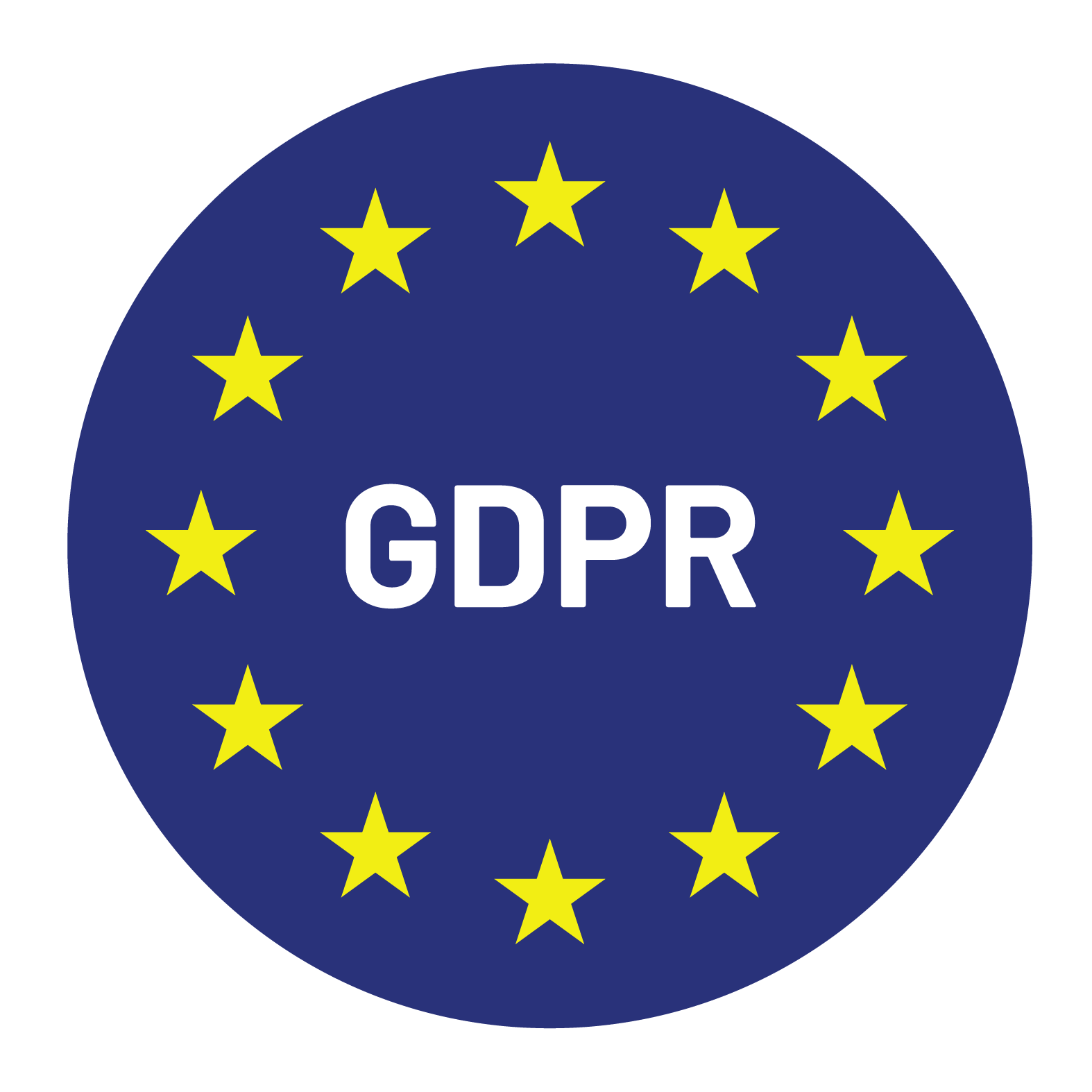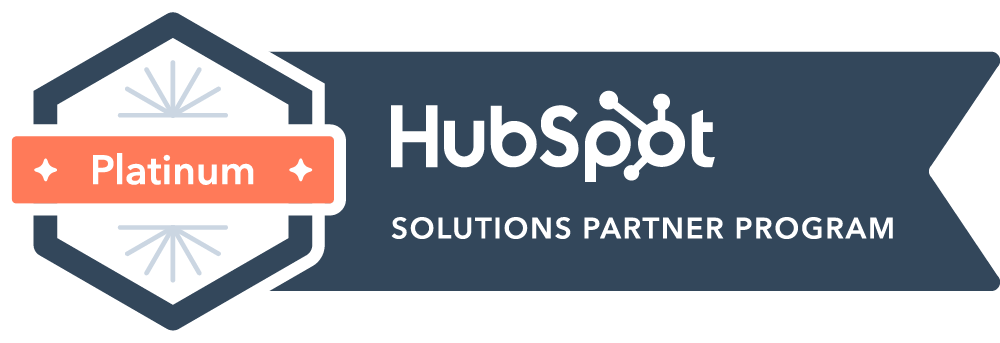

Founder and CEO of Whistle, with over 10 years of selling technology to hundreds of SMB and Enterprize companies across multiple sectors.
A free trial is a marketing strategy in which a company offers a limited period of time for potential customers to try out its product or service for free. This allows trial users to experience the features and benefits of the product firsthand, with the aim of fostering engagement and ultimately encouraging them to become paying customers. The main goal of a free trial is to provide a positive user experience and showcase the value of the product, increasing the likelihood of conversion and customer acquisition.
A free trial is a valuable tool in any marketing strategy, offering numerous benefits to both businesses and potential customers.
Firstly, it provides a low-risk way for potential customers to evaluate a product before making a purchase decision. By allowing users to test out the product’s features, functionalities, and user experience, free trials build trust and credibility. This firsthand experience helps customers understand the value and benefits of the product, increasing their likelihood of conversion.
Additionally, free trials allow businesses to showcase the value proposition of their product, setting them apart from competitors. Customers get the chance to test the product’s effectiveness in solving their pain points, leading to a more informed purchase decision. Moreover, free trials can generate positive word-of-mouth and referrals, as satisfied trial users share their positive experiences with others.
However, it’s important to note the potential drawbacks of offering free trials. The cost to provide free trials, including infrastructure and support, can be substantial. Additionally, not all trial users convert to paying customers, resulting in low conversion rates. To optimize trial conversions, businesses should focus on providing a seamless onboarding process, demonstrating the product’s value, and leveraging social proof to showcase successful trial experiences.
In order to effectively implement a free trial marketing strategy, it is crucial for businesses to have a deep understanding of their target customers. This goes beyond just demographic information; businesses need to understand their pain points, goals, and challenges. By gaining a comprehensive understanding of their customers, businesses can tailor their free trial experience to better address their needs and showcase the value of their products. Through customer research, surveys, and feedback, businesses can gather insights that inform their trial model, onboarding process, and overall marketing efforts.
To effectively grow your business, it is crucial to identify and understand your potential customers. This process involves analyzing their behavior and needs to ensure your product or service aligns with their requirements.
By studying customer behavior, you can gain valuable insights into their preferences, pain points, and motivations. This analysis allows you to tailor your marketing efforts and product features to address specific customer needs. Conducting discovery sessions with both your team and prospects is a great way to gather these insights.
This interactive discussion helps you ascertain whether your product can provide value and how it can solve their challenges. By actively listening to customer feedback, you can refine your target market and align your business strategy accordingly.
Once potential customers have experienced a free trial or demo of your product, it is essential to follow up with targeted calls to action (CTAs). These CTAs can include customer success stories, value assessment tools, testimonials, and requesting a demo. Such content provides social proof and demonstrates the value your product can offer.
Establishing an onboarding process is crucial in the context of a free trial marketing strategy. When potential customers sign up for a free trial, they are essentially testing the waters and assessing the value of the software or service. Therefore, a well-designed onboarding process is essential to guide users and ensure they have a positive experience that highlights the benefits of the product.
The complexity of the SaaS product and the trial offer can greatly impact the onboarding process. If the product is highly technical or has advanced features, it is important to provide sufficient information and resources to help users understand its functionality and value. This could include step-by-step tutorials, video demos, and comprehensive documentation. On the other hand, if the trial offer is limited in time or features, it is essential to quickly introduce users to the core value of the software and demonstrate how it can solve their pain points.
An effective onboarding process should include several key elements. Firstly, it should provide users with sufficient information about the product and its benefits. This could include welcome emails or messages explaining the features and capabilities. Secondly, in-app notifications and educational content should guide users through the software, highlighting important features and demonstrating how to use them effectively. Additionally, offering personalized experiences, such as tailored tutorials or demos based on user preferences or goals, can significantly enhance the onboarding process.
Utilizing social proof is an effective strategy to encourage conversions and build trust and credibility with trial users. Here are various ways to leverage social proof during the trial period:
– Testimonials: Showcase testimonials from satisfied trial users. Highlight their positive experiences, how the product solved their challenges, and the outcomes they achieved. Testimonials provide social proof by demonstrating that others have successfully benefited from the product.
– Case Studies: Feature case studies that highlight real-world examples of how the product has helped businesses or individuals achieve their goals. These detailed stories showcase the product’s effectiveness and provide trial users with concrete examples of the potential outcomes they can expect.
– Positive Social Media Mentions: Display positive social media mentions and reviews about the product. Include positive comments from influential users or industry experts. This boosts credibility and shows that the product is well-regarded by others in the market.
– User-Generated Content: Incorporate user-generated content, such as reviews, ratings, or feedback from trial users. This demonstrates that the product is actively used and appreciated by a community of users, further building trust and credibility.
Crafting an effective free trial strategy is crucial for software companies looking to drive product-led growth. To maximize the impact of your free trial, it is important to incorporate best practices and strategies that align with your business goals.
When it comes to choosing the right trial period for your product, there are several factors to consider. One of the most important factors is the complexity of your SaaS product. If your product is relatively simple and easy to understand, a shorter trial period of 7 to 14 days may be sufficient for users to explore its features and benefits.
However, if your product is more complex and requires more time for users to fully explore and understand its value, a trial period of 14 to 30 days may be more appropriate. This allows users to have a longer period of time to fully experience the product and decide if it meets their needs.
For products that are even more complex or require a longer onboarding process, a trial period of 30+ days may be necessary. This gives users ample time to not only explore the features of the product but also to fully integrate it into their workflow and evaluate its impact on their business.
A freemium model is a business strategy that offers both a free version and a paid, premium version of a product. This differs from a free trial in that the free version is not time-limited and provides ongoing access to certain features or functionality. This allows potential customers to experience the value of the product over an extended period of time, without the pressure of making an immediate purchase decision.
To strike the right balance, it’s important to provide enough value in the free version to attract users and keep them engaged. This can include essential features that solve their immediate needs but may have limitations or be less robust than the premium version. This strategy ensures that users experience the value of the product, while also enticing them to upgrade to the premium version for enhanced benefits, advanced features, and a more comprehensive user experience.
Reserving certain features for paid users is a key aspect of the freemium model. This gives potential customers a taste of what the product can do, while also demonstrating the additional value they can unlock by upgrading. It’s important to communicate the benefits of the premium version effectively through marketing efforts, highlighting the added functionality, support, or customer success resources that make it worth the investment.
When planning out a trial marketing strategy, there are a few things to consider. The strategy needs to be tailored to your company’s growth strategy, target audience, and go-to-market strategy in order to maximize its effectiveness.
– Define your target demographics: Who are the potential customers that will benefit most from your product? Understanding their needs, and preferences will allow you to tailor your messaging and positioning to resonate with them.
– Select the right features for your trial: Focus on showcasing the key features that provide the most value and solve the most pressing problems for your target audience. Highlighting these features will help drive interest and engagement during the trial period.
– Reducing time to value: Make sure that trial users can quickly understand the value proposition of your product and experience its benefits within a short period of time. This will increase the chances of trial users converting to paid customers.
– Implementing in-app messaging: Use targeted messages and prompts within the product to educate users, provide support, and encourage them to take specific actions that lead to conversion.
– Engage trial users through email: Sending personalized emails at key points during the trial period can significantly impact the trial conversion rate.
Working with the product and sales teams is essential for achieving maximum reach in your free trial marketing strategy. Collaboration and coordination between these teams are crucial for a successful hybrid product-led sales approach.
The product team plays a key role in creating a compelling and user-friendly trial experience. They need to understand the target audience and their pain points to develop features that provide maximum value during the trial period. Close collaboration with the sales team will help align the product roadmap with the sales strategy, ensuring that the trial is tailored to attract potential customers.
The sales team, on the other hand, brings valuable insights from the field and has a deep understanding of the target market. They can provide valuable feedback and input to the product team, helping refine the trial experience and positioning. Additionally, they can leverage their relationships and networks to promote the trial to prospective customers.
Shared ownership and responsibility are essential throughout the customer journey. The product and sales teams need to work together during the onboarding process to ensure a seamless transition from trial to paid customer. Clear communication and collaboration are vital to address any roadblocks or concerns that trial users may have, increasing the chances of conversion.
Here at Whistle we prefer to use personalized incentives based on user behavior. Research shows that 80% of consumers are more likely to become paying customers when they’re offered personalized experiences. Everyone wants something that is associated with their habits and preferences. This is just one more example, from our marketing strategy, of why a lead usage system that gives insight into user behavior is invaluable.
Do you need guidance to optimize your free trial growth strategy for 2022 to ensure the best conversion results? Get in touch with our team for more information.


© Copyright – Whistle 2023